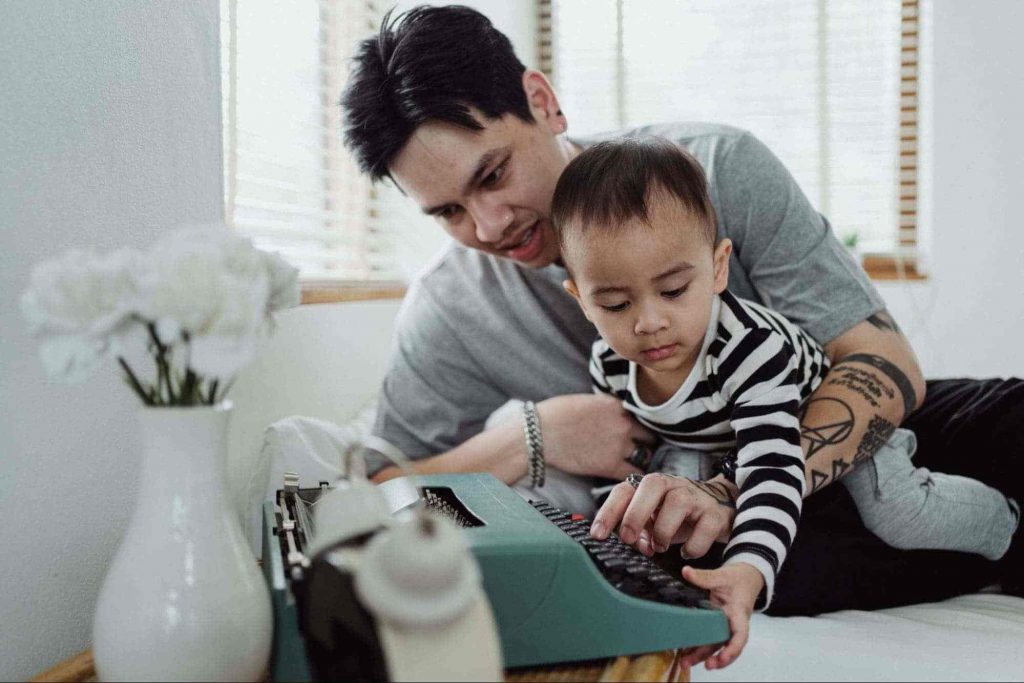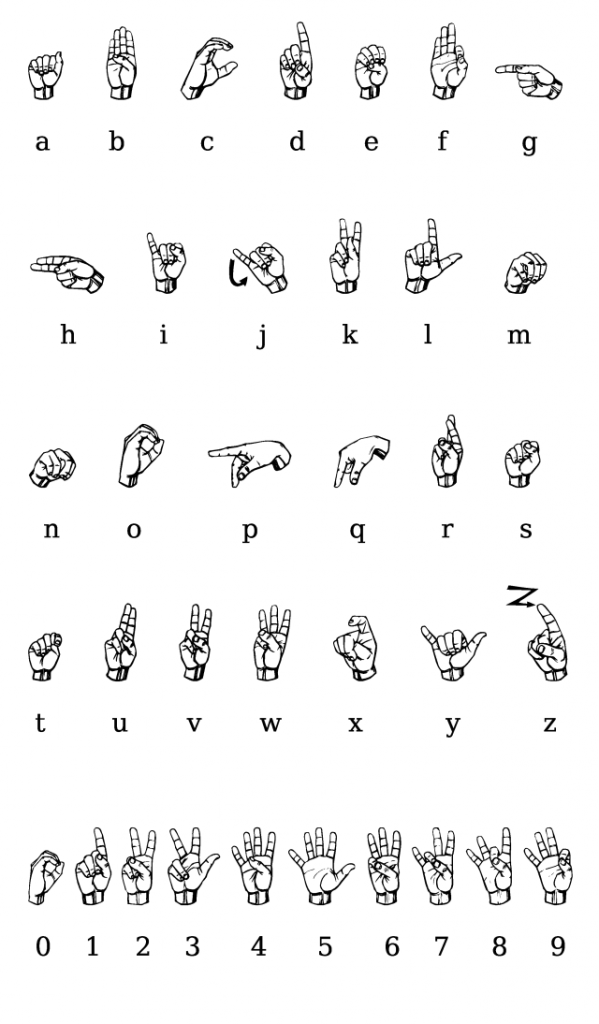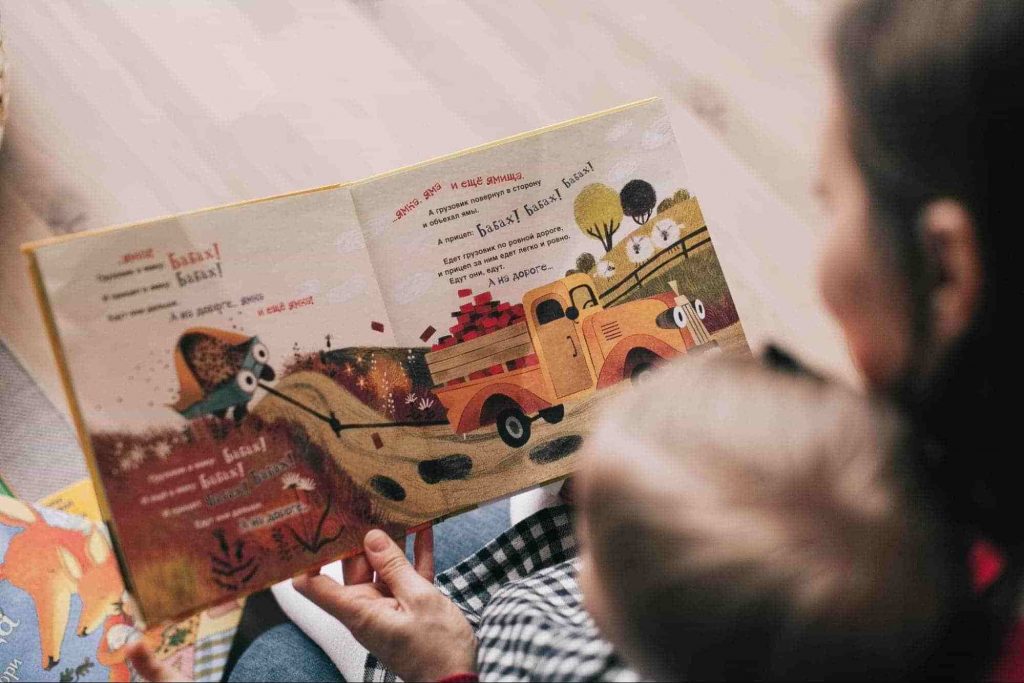Sometimes, the most difficult problems might have the simplest of solutions. For the hard-to-hear and deaf, this realization becomes a reality with ASL alphabets.
Getting Started with ASL Alphabets
Used widely across the world among the deaf and hard-to-hear community and with infants, sign languages are a unique, fun, and effective solution to the life-altering problem. One such sign language primarily used in the USA is ASL, or American Sign Language.
Math & ELA | PreK To Grade 5
Kids see fun.
You see real learning outcomes.
Watch your kids fall in love with math & reading through our scientifically designed curriculum.
Parents, try for free Teachers, use for free
The American Sign Language is an alternative language used in the US, with its own grammar, sign language alphabet, and letters. It uses hand gestures and facial movements to replicate the alphabet and words.
The sign language alphabet comes to the rescue for deaf or hard-of-hearing individuals and is often their primary mode of communication. The ABC sign language or the sign language alphabet is officially known as the American Manual Alphabet. Communicating in ASL is done using fingerspelling and aided by facial expressions. It is very important to note that even though the sign language alphabet can replace English, it is different compared to English regarding grammar usage and phonology.

Also, every country has its own sign language alphabet, even if all of them are English-speaking countries. For example, the British sign language is different from the American sign language, having its own gestures and sign language letters.
Related Reading: Best Children’s Books to Stimulate Kids’ Imagination & Creativity
Why ASL?
As someone working closely with or knows a deaf or hard-of-hearing person, the sign language alphabet becomes a great way to communicate.
There are very pronounced differences between English and American sign languages.
ASL is a completely independent language with nuances, regional variations, rhythms, slang, and pronunciations. ASL can act as an enabler for people who feel left out and create a sense of comfort by bridging the gap between them and their parents, family members, friends, and teachers.
Learning ASL early would benefit everyone, regardless of their hearing ability, because it would help in memorizing, visualizing, recalling, and expressing.
When to learn ASL?
ASL and the learning speed may vary according to the environmental and sociological factors in place. For example, if a child is deaf or hard of hearing, and the parents are deaf too, then the child picks up the ABC sign language relatively fast. This is due to parental experience and their understanding of the situation.
If the children are born in an environment with no prior similar situations, and outside support is required, then learning the sign language alphabet takes more time in such cases.

Children often learn from their peers and other people fluent in ASL and replicate it at home. The differentiating factor in this situation is that learning sign language letters or alphabets would not require a minimum age. Children with low or no hearing ability can start early and learn the ABC sign language to get a head start.
It is public knowledge that most children’s brain and character development happens in the early and formative years. Thus, getting them to learn ASL if needed, is a good step to ensure a proper growth environment for them later.
Taking a Deep Dive: What Makes ASL Tick?
How does the ASL alphabet work? What do the sign language alphabet, letters, and numbers in the ASL look like?
Related Reading: 7 Colors of the Rainbow and Their Meanings

ASL contains the signs for 26 letters and has fingerspelling for the 10 numbers, as shown above.
Usually, this is the first and foremost learning exercise for beginners trying to learn ASL. Once the letters and numbers are clearly understood, fingerspelling is used to get to proper nouns, names, places, etc., and then for moving to advanced understanding.
The ABC sign language helps anyone simultaneously sign multiple letters and words and form meaningful sentences.
The Nuances of ASL
While it is established by now that ASL is a language on its own, the question still persists. What makes a language tick? It is the nuances of the sign language alphabet.
As discussed, ASL only applies to the US and some parts of Canada. In other English-speaking countries like the UK, ASL would not be helpful as they have their version of the sign language letters and alphabet, the BSL (British Sign Language). Moreover, even in the USA, the ASL would not be uniform for every person.

ASL might also vary for two people from the same region, depending on sociological factors, age, and gender.
As such, in conceptual terms, ASL acts more like handwriting, having a standard for general understanding and the right space for everyone to have their unique style. It can incorporate regional dialects or variations in signs and even unique representations for some letters out of the ABC sign language.
Thus, ASL can be beneficial in establishing a unique identity for a deaf or hard-of-hearing person, making them more confident and better understood.
Related Reading: Best Riddles for Kids of all Grades (With Answers)!
6 Tips to Use ASL
While learning how to use ASL, many things must be taken care of. Like other languages, ASL has its grammar and phonetics. Apart from this, the generally agreed upon to-do things are:
- Make sure your hands are steady while communicating. It is like reading a book. If you move your hands around too fast or shake them too much, it is the equivalent of reading a book on a fast-moving train – avoidable and not so rewarding.
- Fix a distance from your body to keep your hands at while making gestures. The other person should be able to see them. Imagine the headache it would cause if you were watching a movie and the screen came closer to you and went further away without any notice.
- A major difference between English and ASL is the flow of sign language letters. Think beforehand and then communicate to avoid a spontaneous game of stone, paper, scissors! Always remember the other person is anticipating your gestures, and bouncing hands will confuse them.
- It is better not to move your hands sideways from one letter to another in the sign language alphabet because it may be distracting.
- Your palm should face the other person you are trying to communicate to, and hence, the gestures should be correctly positioned for them to understand and not mirrored according to your position.
- Lastly, there are many deviations from the sign language alphabet for letters. Study them and use an agreed-upon alternative from the ABC sign language to avoid confusion. Remember, the difference in gestures could make you or the other person feel like you are reading a doctor’s prescription – where only the chemist can truly understand the handwriting!
How to Make Learning ASL Alphabets Fun?
Remember that learning the sign language letters and the alphabet is an important task for deaf or hard-of-hearing people, and it does not have to be boring for the people around them.
How do you then ensure that ASL is fun for the learners? With the resources available on the internet and various methodologies, here are the best ways to incorporate fun in the learning process:
Gamify
The best and the most straightforward way to encourage learning the sign language alphabet is through gamifying it. Many platforms and courses provide quizzes and games after teaching sessions to check and confirm that the learners have learned and memorized sign language letters.
Visual or video aid
While it may seem like a task to make hand gestures on your own or may prove to be a challenge for shy kids, using videos and pictures to identify and replicate hand gestures could prove to be a game-changer, this could be great, especially for learners that do not express their frustrations very easily.

Storytelling
How about some bedtime stories in the sign language alphabet? Use the memory and aid by enjoying your favorite stories in sign language.
ASL-friendly storytellers put up stories that can be easily understood and then discussed – allowing not only a better grasp of the sign language alphabet but also better development of the thinking skills for the learner.

Impersonators, unite!
Since sign language is widely accepted in International forums, you would always find interpreters doing a fantastic job for the sign language enthusiasts back home!
Take it up as a challenge and have fun by looking at ASL videos from interpreters, trying to emulate and impersonate them to grasp the ABC sign language better.
Offline connect
Obviously, you have signed up for a course, and you are using an app. But how do you take it to the next step? The answer is through offline connections.
Join support groups for the deaf and sign language enthusiast groups. Try to discover whether deaf-friendly cafes and clubs exist around your neighborhood or cities, and plan to paint them red! Always remember sign language can be fun to learn for everyone, and you can use the offline connect method to make some great friends.
The guide aims to provide enough information to act as a starter for people wondering about ASL and trying to differentiate between different kinds of sign language alphabets available.
Remember, ASL is just one of the many available sign language alphabets in the communication universe for the deaf and hard-of-hearing learners, and you can keep experimenting based on your requirements and the efficacy of the chosen sign language alphabet.
























